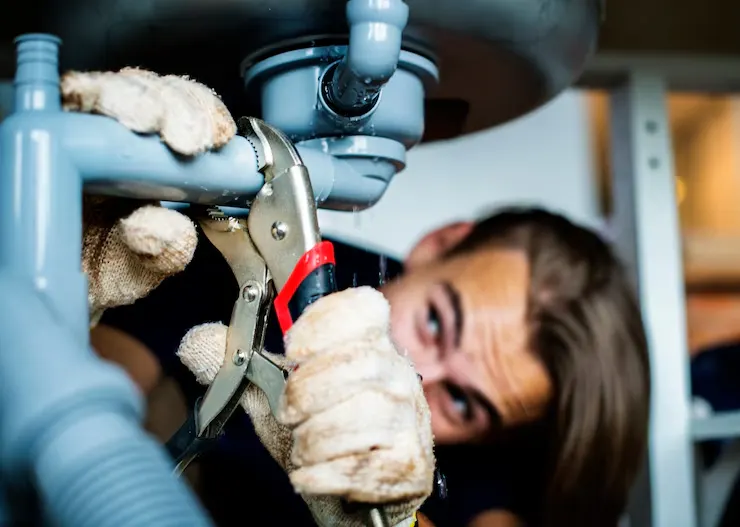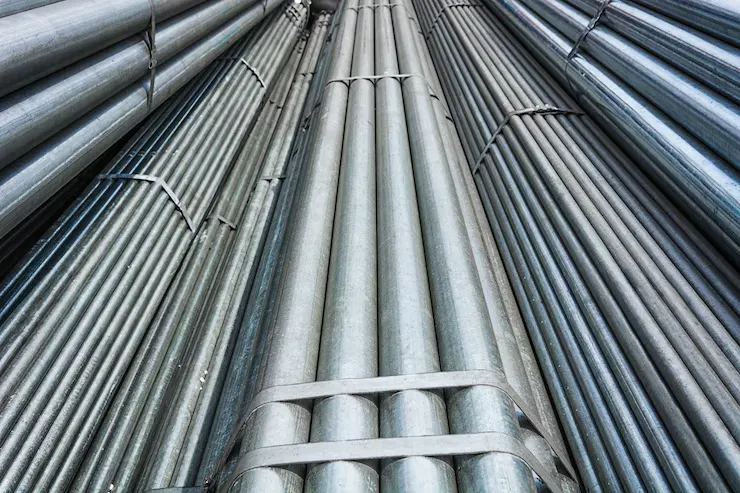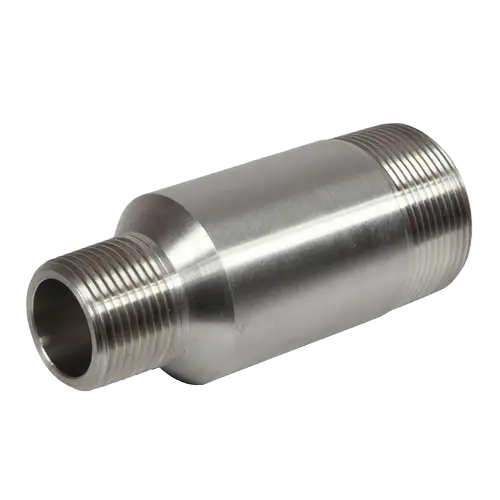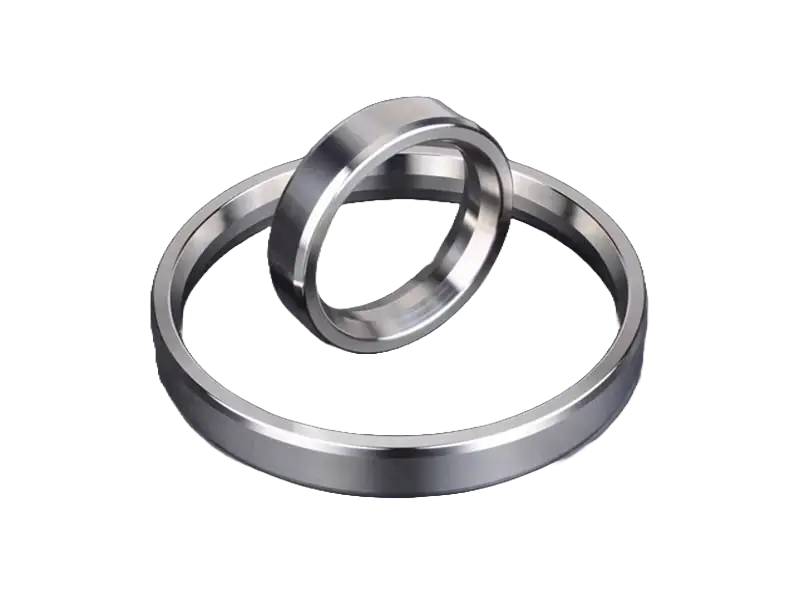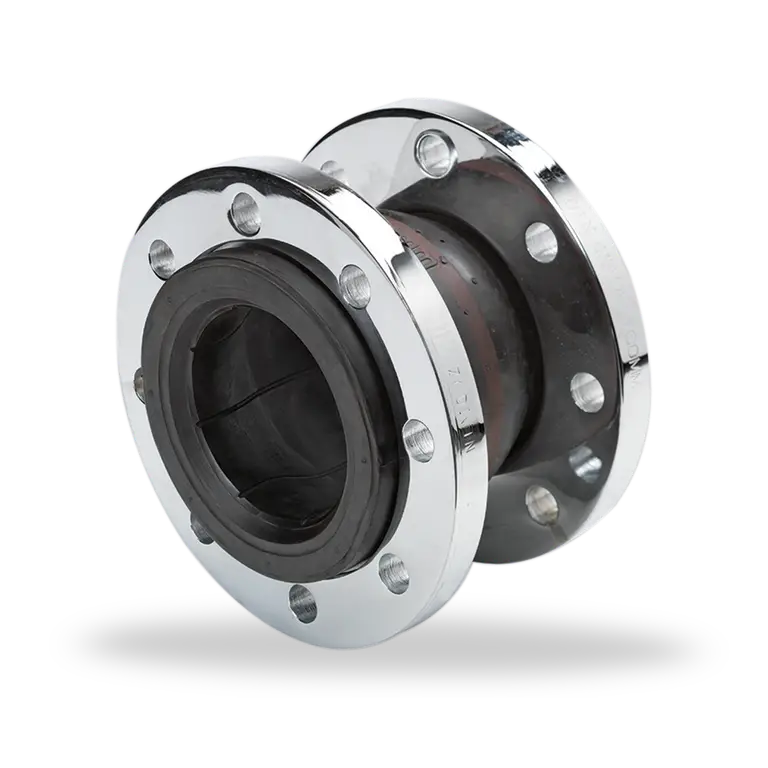
Types of Bolted Joints and Their Applications
Bolted joints are one of the most widely used fastening methods in engineering and construction, offering strength, reliability, and ease of assembly. These joints are essential in various industries, from automotive and aerospace to heavy machinery and structural engineering. The right type of bolted joint ensures durability, load distribution, and safety in mechanical structures.
For industries looking for high-quality fastening solutions, Alkun Steel provides exceptional industrial bolts and fasteners tailored for diverse applications, ensuring strong and secure connections across multiple sectors.
What Are Bolted Joints
A bolted joint is a mechanical connection between two or more components using a bolt, nut, and often a washer. These joints are designed to withstand tension, shear, and compressive forces while allowing easy disassembly when needed. Bolted joints are widely used in industrial applications due to their strength, versatility, and reusability.
Different Types Of Bolted Joints
Through-Bolted Joints
In a through-bolted joint, a sturdy bolt is inserted through all the connected components, penetrating their material. Once it is through, it is secured firmly with a nut located on the opposite side of the assembly. This type of joint is known for providing a high clamping force, ensuring that all parts remain tightly bound together, which significantly enhances the overall stability and integrity of the structure. Through-bolted joints are commonly used in various engineering applications due to their reliability and durability, making them an essential choice in the construction of robust frameworks.
Applications
- Construction & Infrastructure: Used in bridges, steel frameworks, and heavy structural assemblies.
- Machinery & Equipment: Essential in industrial machines, cranes, and conveyor systems.
- Automotive & Railway: Used in chassis assembly, suspension components, and track joints.
Blind Bolted Joints
Blind bolts are specialized fasteners utilized in situations where access to only one side of a joint is available. These bolts are designed to expand within the hole they are placed in, creating a secure and reliable fit. This unique feature allows them to be particularly useful in construction and engineering applications where traditional fastening methods may be impractical due to limited accessibility.
Applications
- Aerospace & Aircraft Manufacturing: Fastens internal components in fuselage structures.
- Shipbuilding: Used in hull construction and interior compartments.
- Automotive & Railways: Applied in assembling body panels and structural reinforcements.
Flanged Bolted Joints
Flanged joints are crucial components used in various engineering applications, particularly in piping systems and pressure vessels. They consist of two flat surfaces, known as flanges, which are connected by bolts. These bolts securely fasten the flanges together, creating a robust and leak-proof seal that prevents the escape of fluids or gases. This reliable connection is essential for maintaining system integrity, especially under high pressure and temperature conditions. Flanged joints offer significant advantages, including the ability to easily assemble and disassemble components for maintenance or repairs, making them a popular choice in many industrial settings.
Applications
- Oil & Gas Pipelines: Provides strong seals in high-pressure fluid transportation.
- Chemical & Process Industries: Used in reactors, heat exchangers, and pressure vessels.
- Water & Wastewater Treatment: Connects large pipelines for water distribution systems.
Lap Bolted Joints
A lap joint is a type of mechanical connection that involves two components that overlap each other. These components are typically secured together using bolts, which provide a strong fastening method. Lap joints are particularly valued in applications where shear strength is critical, as they can effectively resist forces that tend to cause the joint to slide apart. Due to their robust design and the efficiency of load distribution, lap joints are extensively used in various engineering and construction scenarios, making them a popular choice among engineers and designers.
Applications
- Metal Sheet Fabrication: Common in aircraft skins and automotive panels.
- Structural Engineering: Used in steel bridges and pre-engineered buildings.
- Heavy Machinery: Secures overlapping plates in equipment manufacturing.
Preloaded Bolted Joints
The preloaded bolted joints are meticulously tightened to a specific preload using carefully controlled torque settings. This process is crucial for ensuring that the joints maintain their integrity under various operational conditions. By achieving the correct torque, the likelihood of loosening due to vibrations—an issue that can compromise structural stability and functionality in machinery—is significantly reduced. This attention to detail in the tightening process not only enhances the performance and reliability of the joints but also extends their lifespan in demanding applications.
Applications
- Wind Turbines: Ensures secure blade and tower connections.
- Aerospace & Aviation: Used in engine mounts and high-stress airframe sections.
- Rail & High-Speed Trains: Provides stability in track joints and rail fasteners.
Countersunk Bolted Joints
In countersunk joints, the design allows the bolt head to sit flush with the surface of the material. This flush alignment not only provides a visually appealing smooth finish, but it also plays a critical role in enhancing the overall performance of the object. By minimizing the protrusion of the bolt head, these joints effectively reduce aerodynamic drag, making them particularly advantageous in applications such as automotive and aerospace engineering, where airflow is a crucial factor. This careful consideration of both aesthetics and functionality ensures that countersunk joints are a preferred choice in various high-performance settings.
Applications
- Aerospace & Aviation: Used in aircraft fuselage and aerodynamic surfaces.
- Automotive Manufacturing: Applied in assembling body panels for a sleek design.
- Precision Machinery: Ensures smooth surfaces in robotics and automation systems.
Rivet-Bolted Joints
A rivet-bolted joint is a structural assembly that utilizes both riveting and bolting techniques to achieve enhanced strength and stability. This combination is particularly advantageous in situations where traditional welding methods may be impractical or impossible due to various constraints such as heat sensitivity of the materials being joined, accessibility issues, or specific design requirements. By employing both riveting and bolting, engineers can ensure a more robust connection that can withstand significant loads and forces, making it a reliable choice in construction and manufacturing applications.
Applications
- Railway Track Assembly: Secures rail fasteners and sleeper connections.
- Shipbuilding & Marine Structures: Strengthens bulkheads and deck reinforcements.
- Large-Scale Metal Structures: Used in steel bridges, industrial towers, and offshore platforms.
Advantages Of Bolted Joints
- High Strength and Durability: Capable of withstanding high loads and harsh environments.
- Easy Assembly and Disassembly: Allows for quick maintenance and replacements.
- Versatile and Reusable: Suitable for various applications with different bolt types.
- Cost-Effective: More affordable compared to welded or riveted joints in many cases.
- Minimal Heat Impact: Unlike welding, bolted joints do not cause material distortion or weakening due to heat.
Conclusion
Bolted joints play a critical role in structural and mechanical assemblies, offering flexibility, strength, and efficiency across industries. Choosing the right type of bolted joint ensures optimal performance and longevity of structures and machinery.
For industries requiring high-quality fasteners, Alkun Steel provides a comprehensive range of bolted solutions, ensuring reliability and durability in all types of industrial applications.
